Residents in the Huon Gulf District of Papua New Guinea (PNG) have begun receiving 8,700 solar installations in homes and schools across 18 remote villages as part of a collaboration between the island country and Australia.
The rollout is part of the Pawarim Komuniti Partnership (PKP) with Australia which to date has seen the installation of 25,000 solar home and community systems and hundreds of solar streetlights installed across PNG.
The program’s goal is to improve access to renewable energy for remote communities while supporting PNG’s medium term development plan IV (2023 to 2027), which includes the objective of providing electricity to 70% of households by 2030, and 100% by 2050.
The solar technologies offered through the PKP program play an integral role in connecting access to electricity to 80% of PNG’s population that live in remote towns and communities.
Solar home installations feature a 15 W solar panel with an aluminium frame, cable and a 6 Ah battery and battery management system (BMS), two USB charging ports, four 12 V lights and a 24 month warranty.
Community systems include the same features, but the solar panel is 30 W with a 24 Ah BMS, while streetlights are powered with a 35 W panel, have a 15 W lamp output providing nine hours of bright mode and 35 hours dim mode, with a motion sensor.
Also available in the program are 5 kW or 10 kW systems, with modules installed on an array on the ground or an approved frame on a building roof, with 5 kW or 10 kW inverter and BMS.
The systems come with a main distribution switchboard and internal building wiring with lighting and general power outlets.
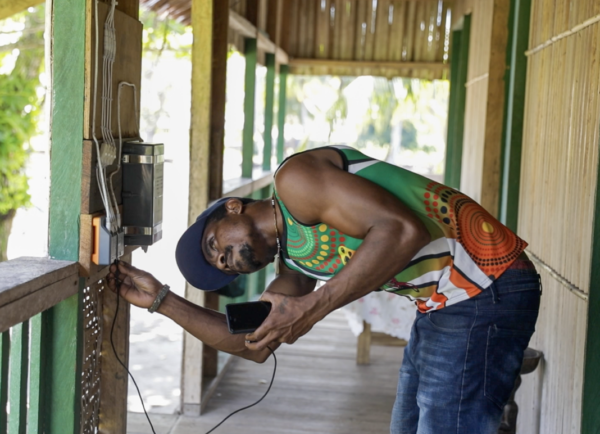
Image Pawarim Komuniti
Proponents that are successful applicants to the program are trained to install, manage and maintain the systems including female heads of households, working alongside solar product suppliers and installers, supported by the Australian government’s economic and social infrastructure program (ESIP).
The Light for Learning project, for example, is distributing solar home systems to households and communities of Kokoda Track Foundation (KTF) college students.
All households, schools, aid posts, community centres and churches are receiving solar systems in a whole-of-community approach, which ensures fairness, equity and transparency.
Solar home kits in students’ homes provide light after dark and allow students to charge their tablets, which are required as part of the KTF’s flexible open distance education program, so they will be able to continue their tablet-based studies while at home between campus sessions.
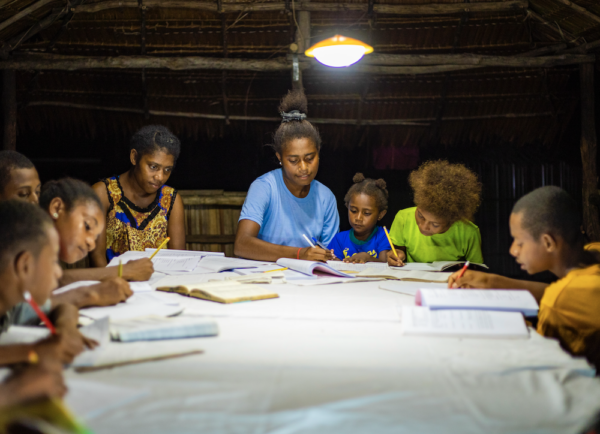
Image Pawarim Komuniti
This content is protected by copyright and may not be reused. If you want to cooperate with us and would like to reuse some of our content, please contact: editors@pv-magazine.com.
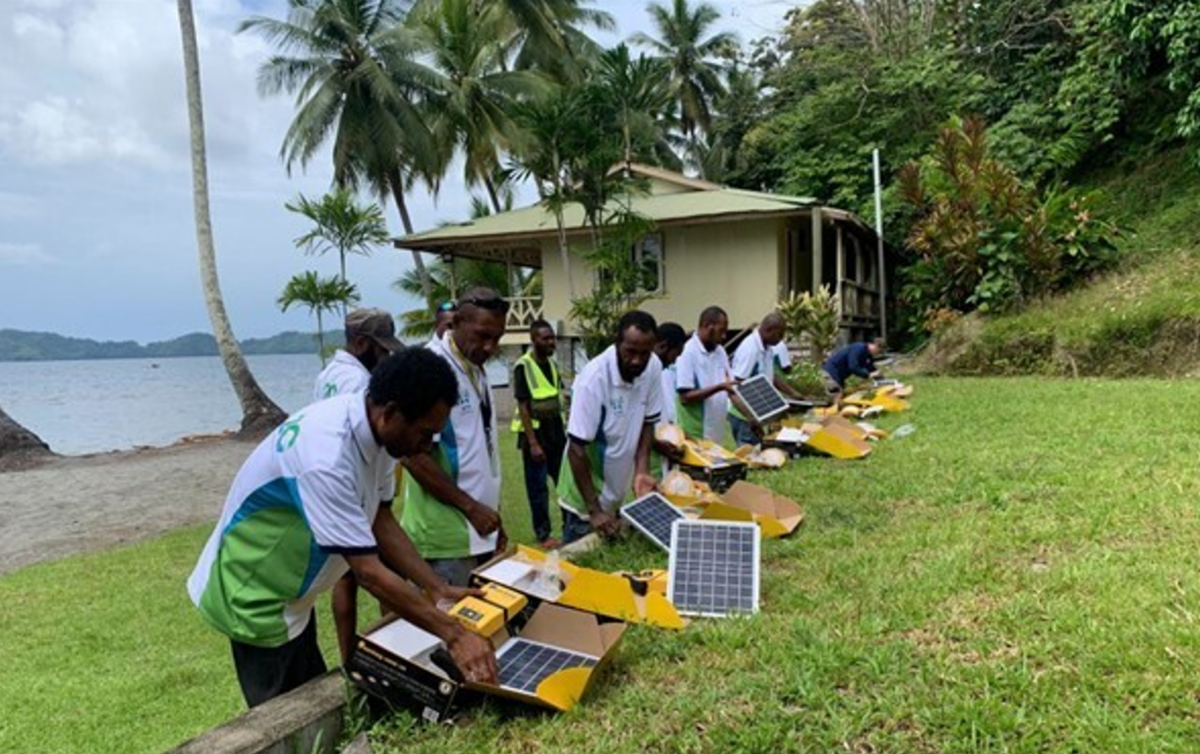
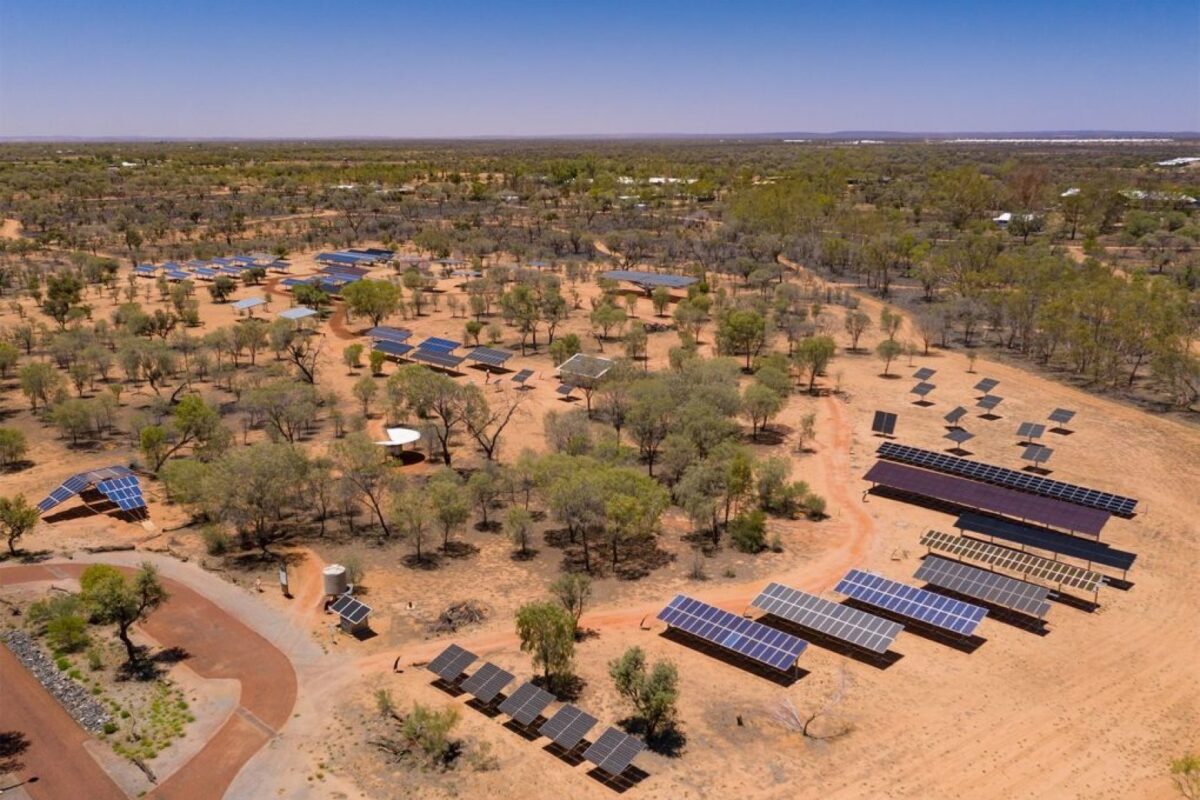

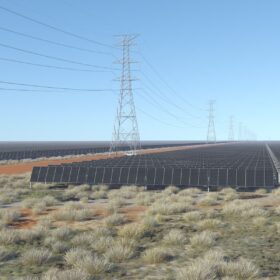
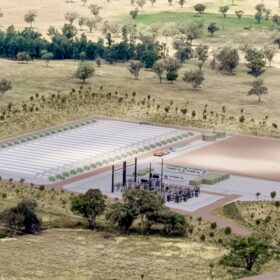
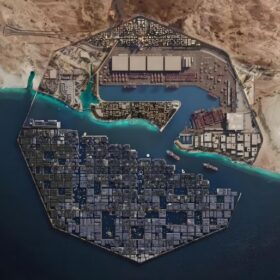
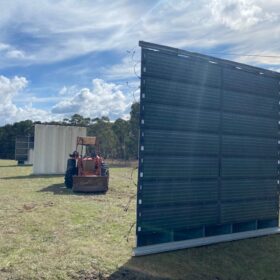
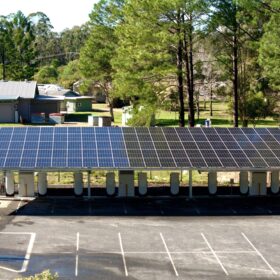
I Mary Roroi wish to advocate for my Village Mou to be included in the Project.